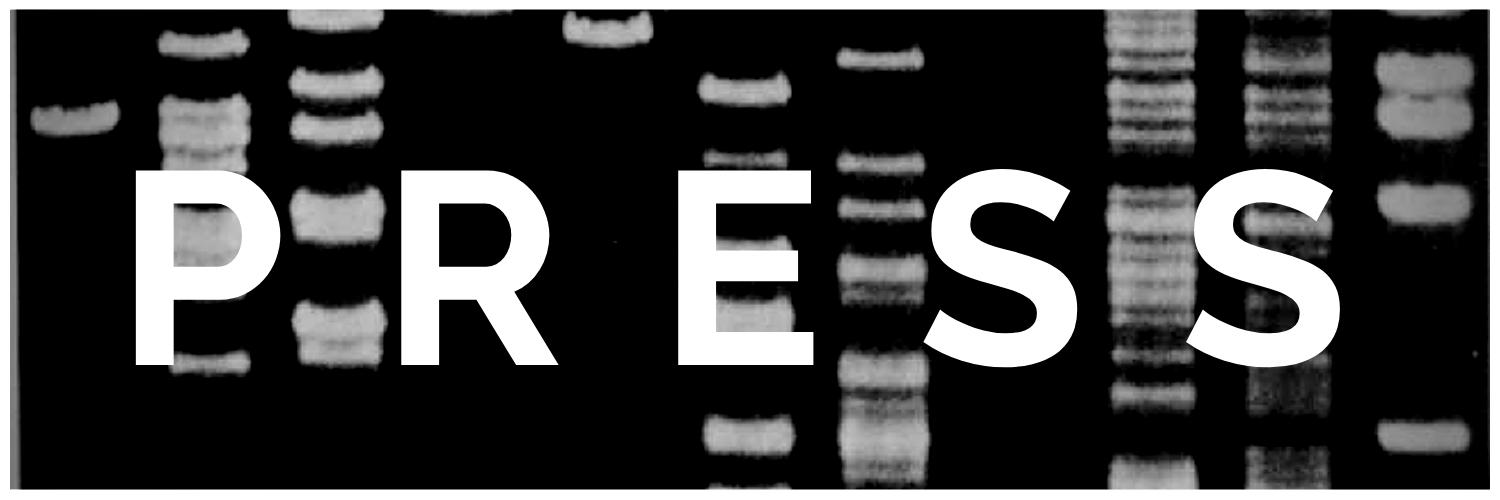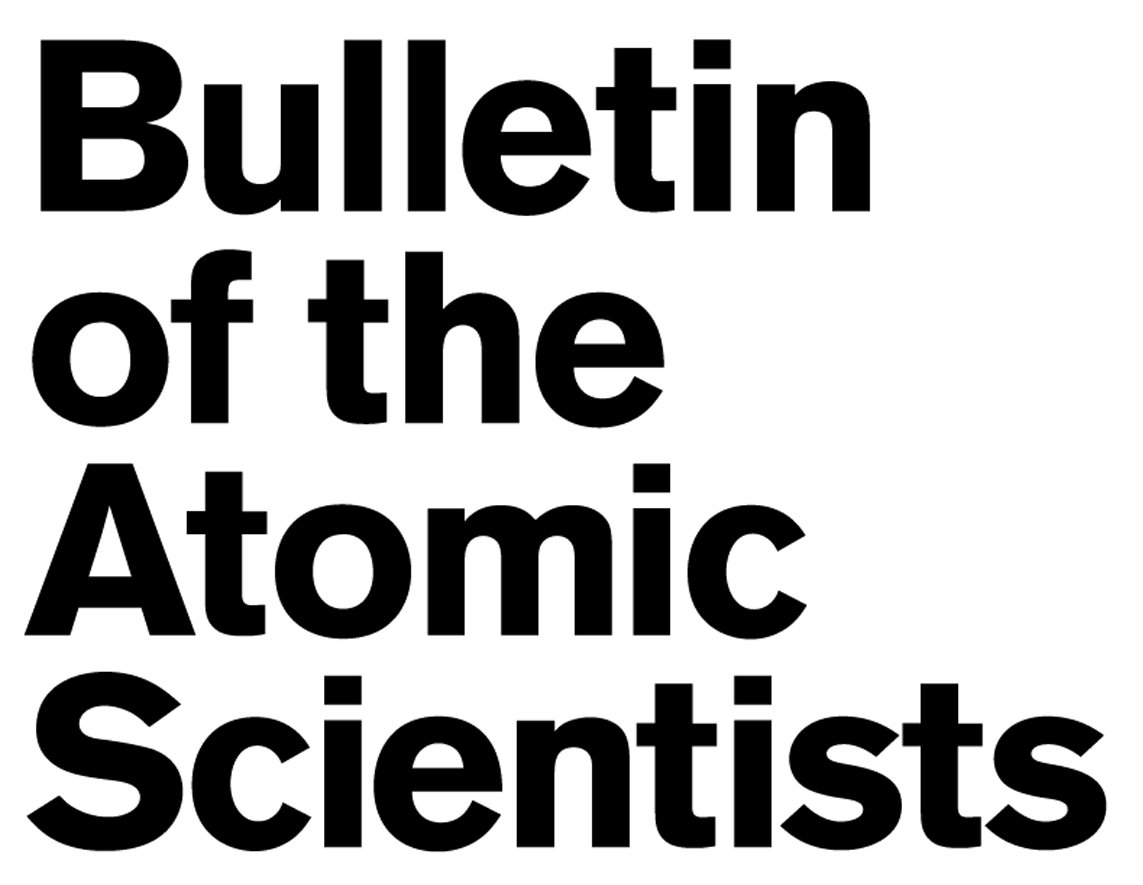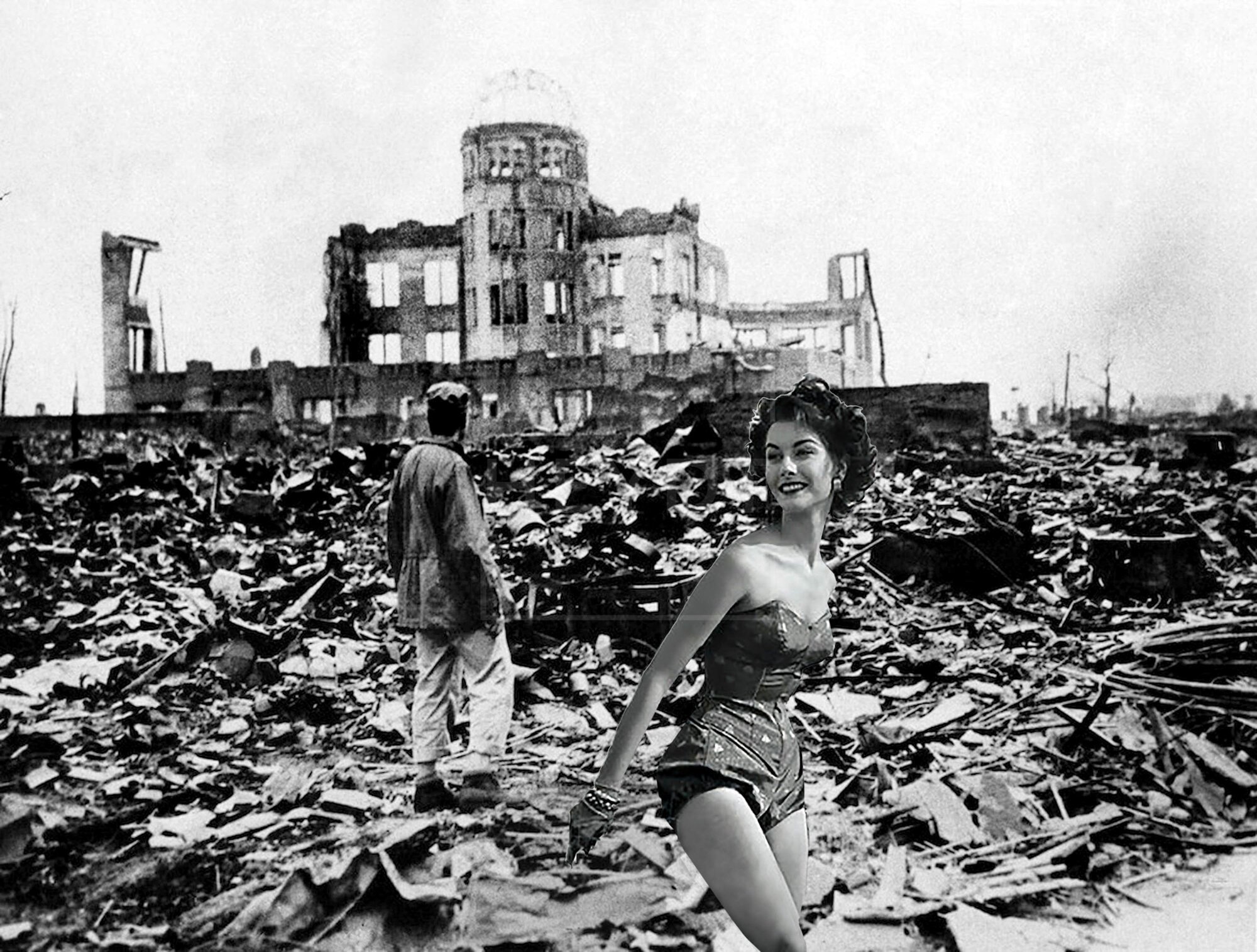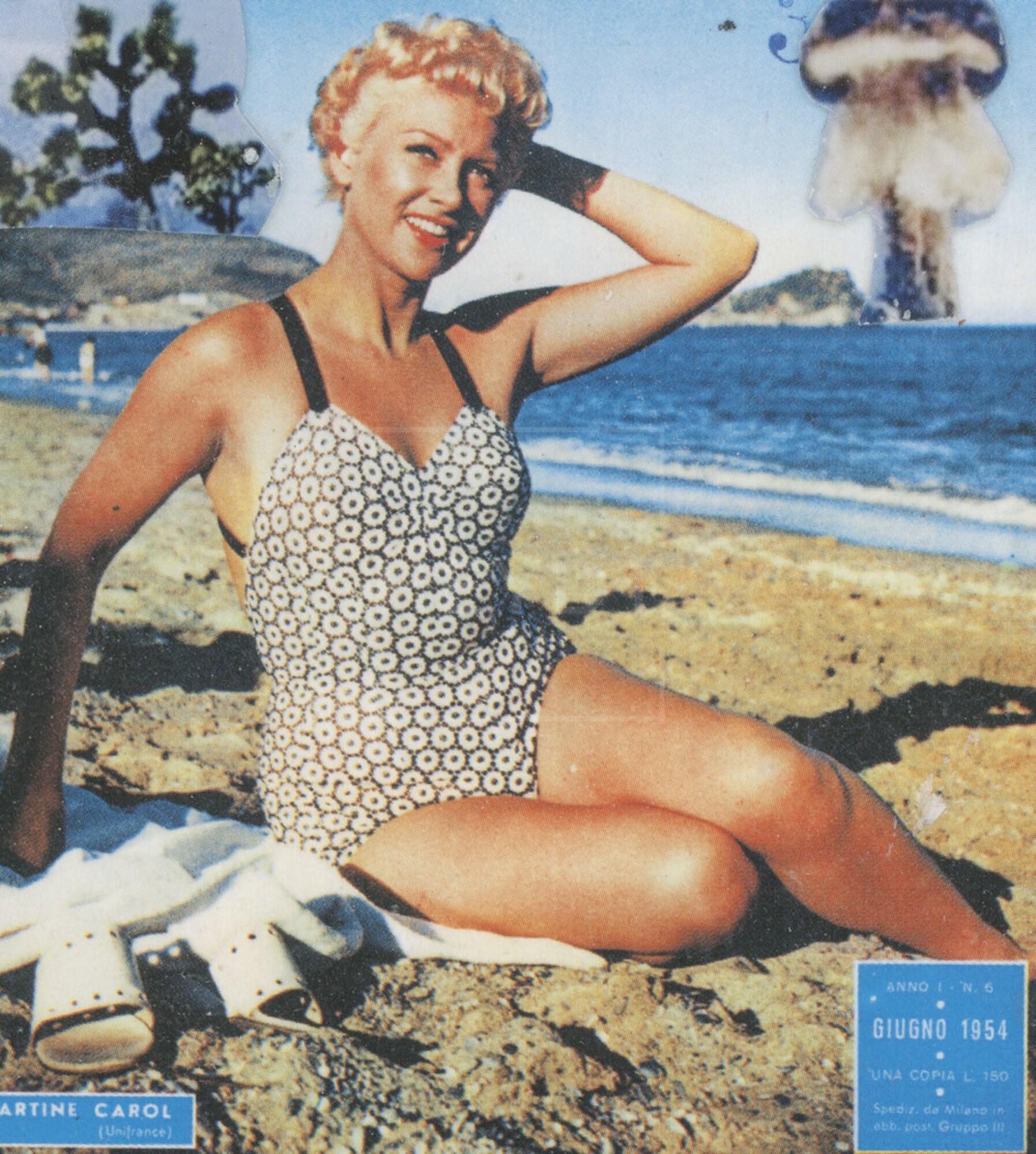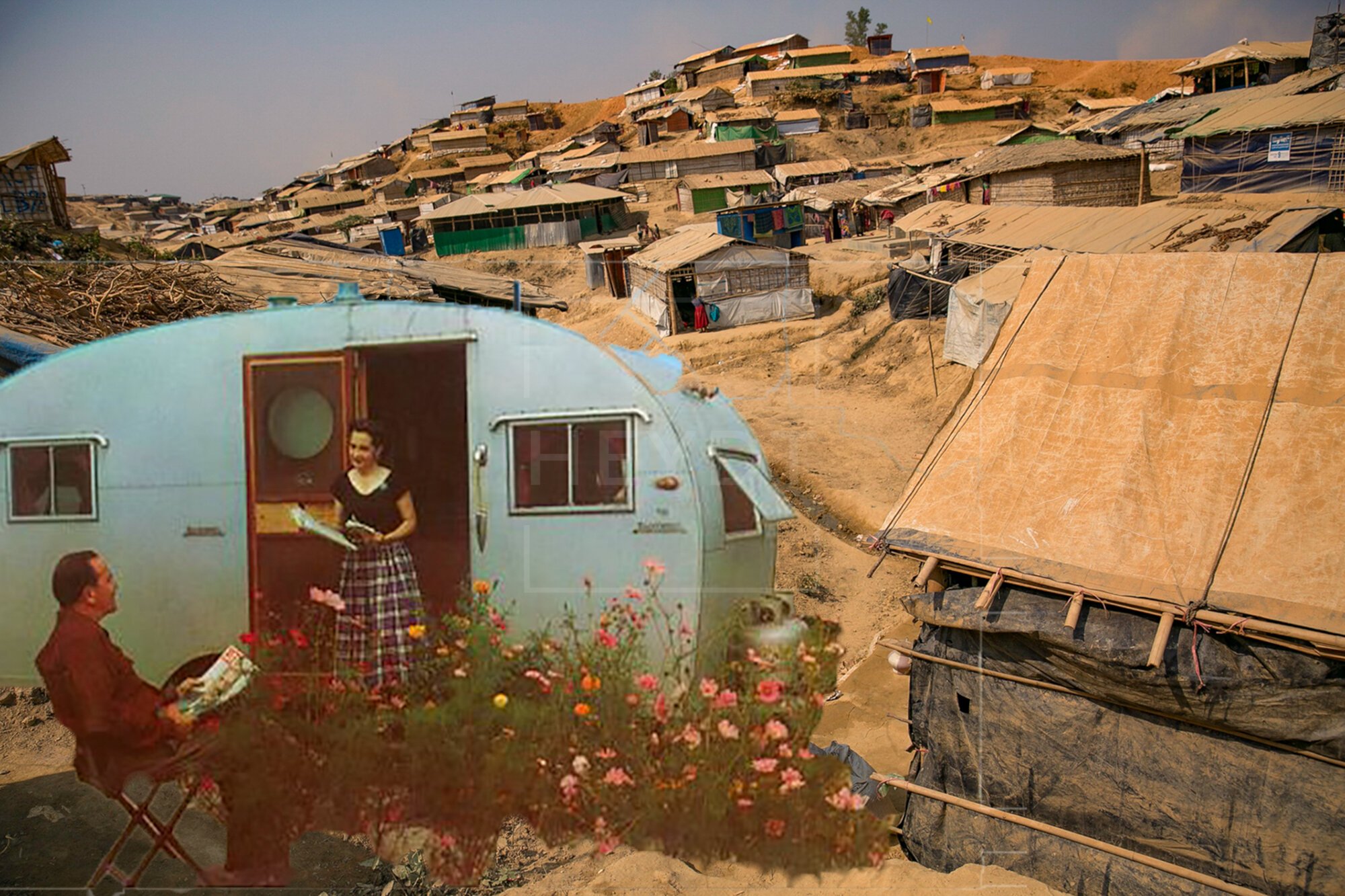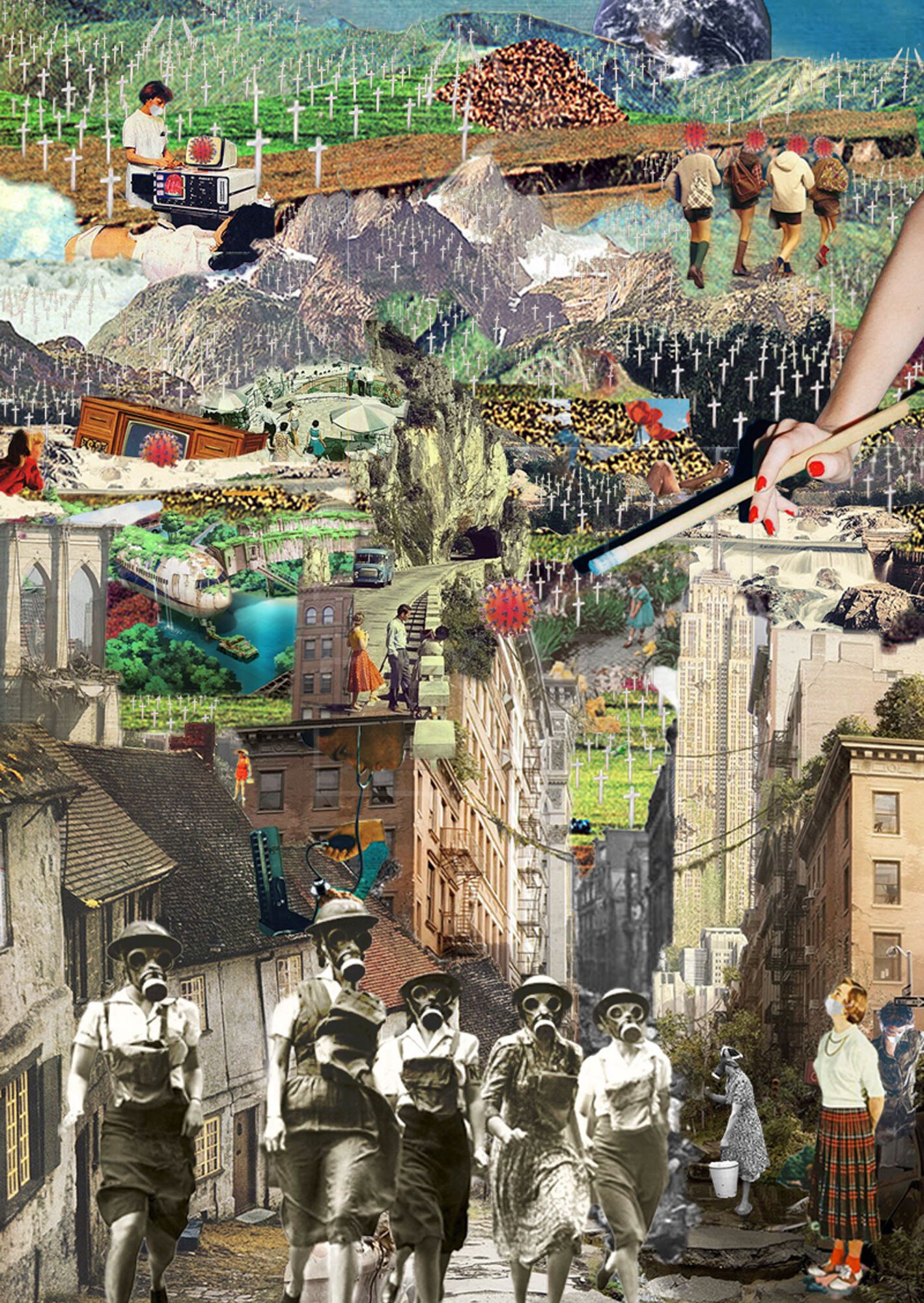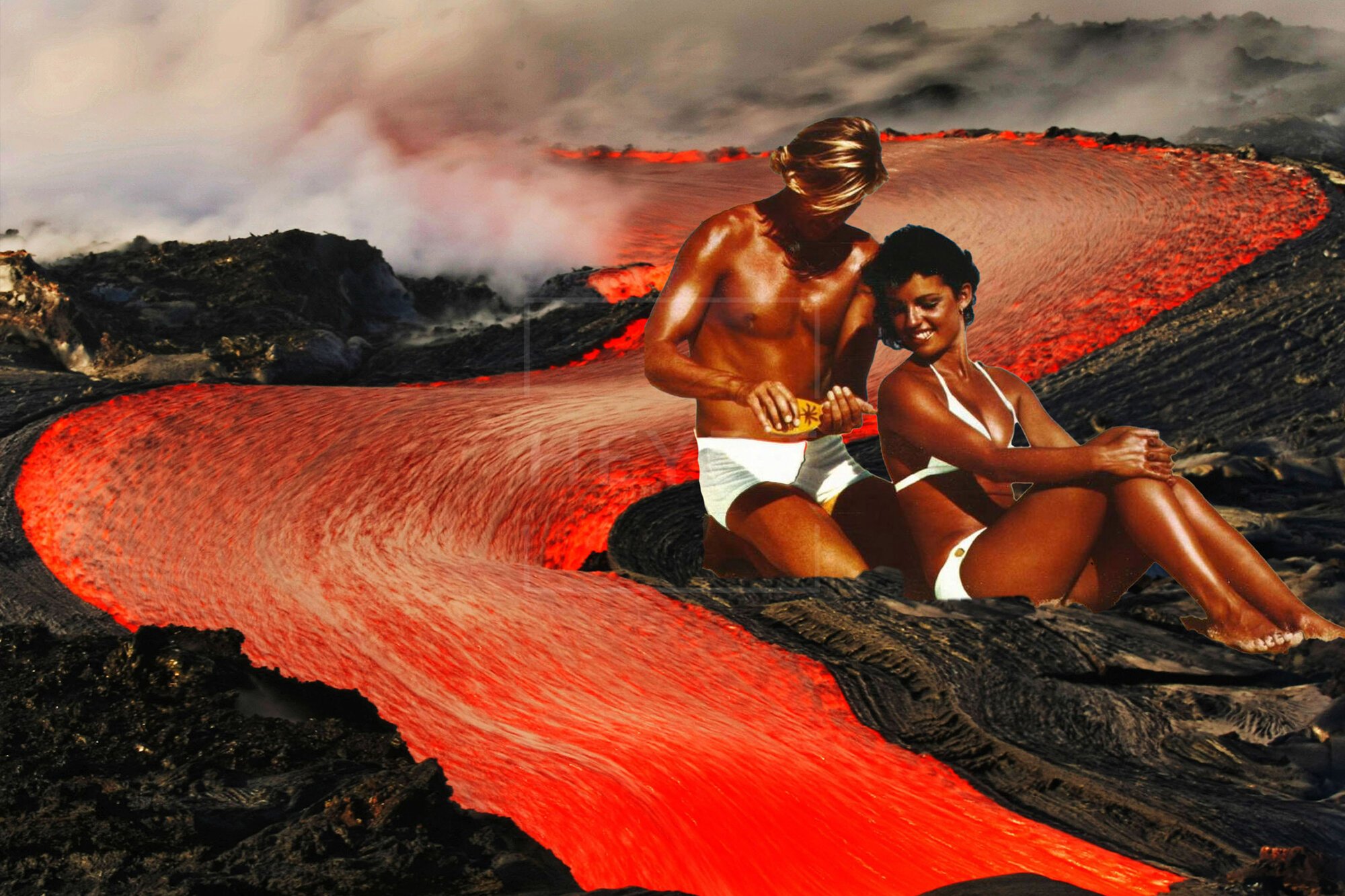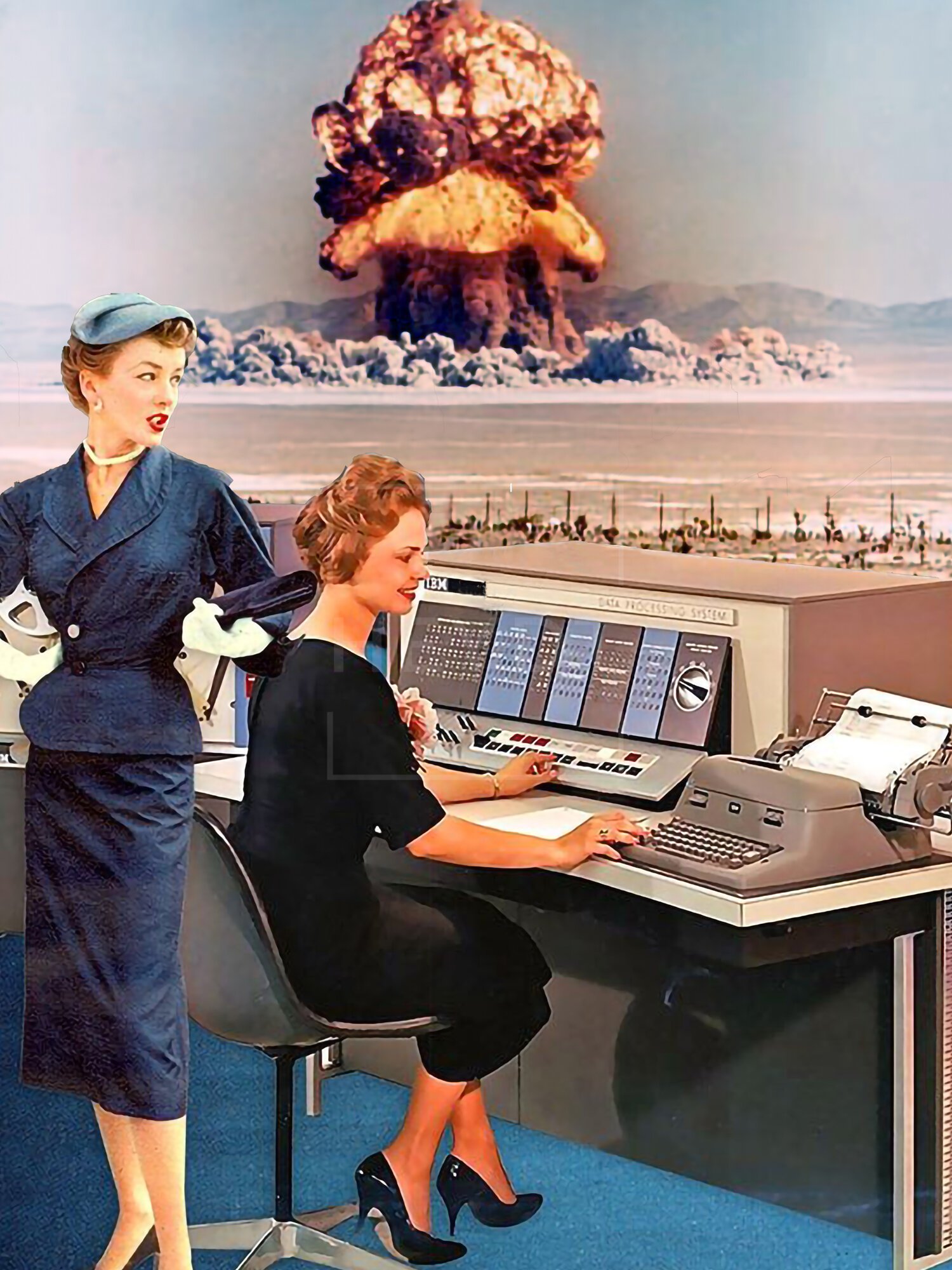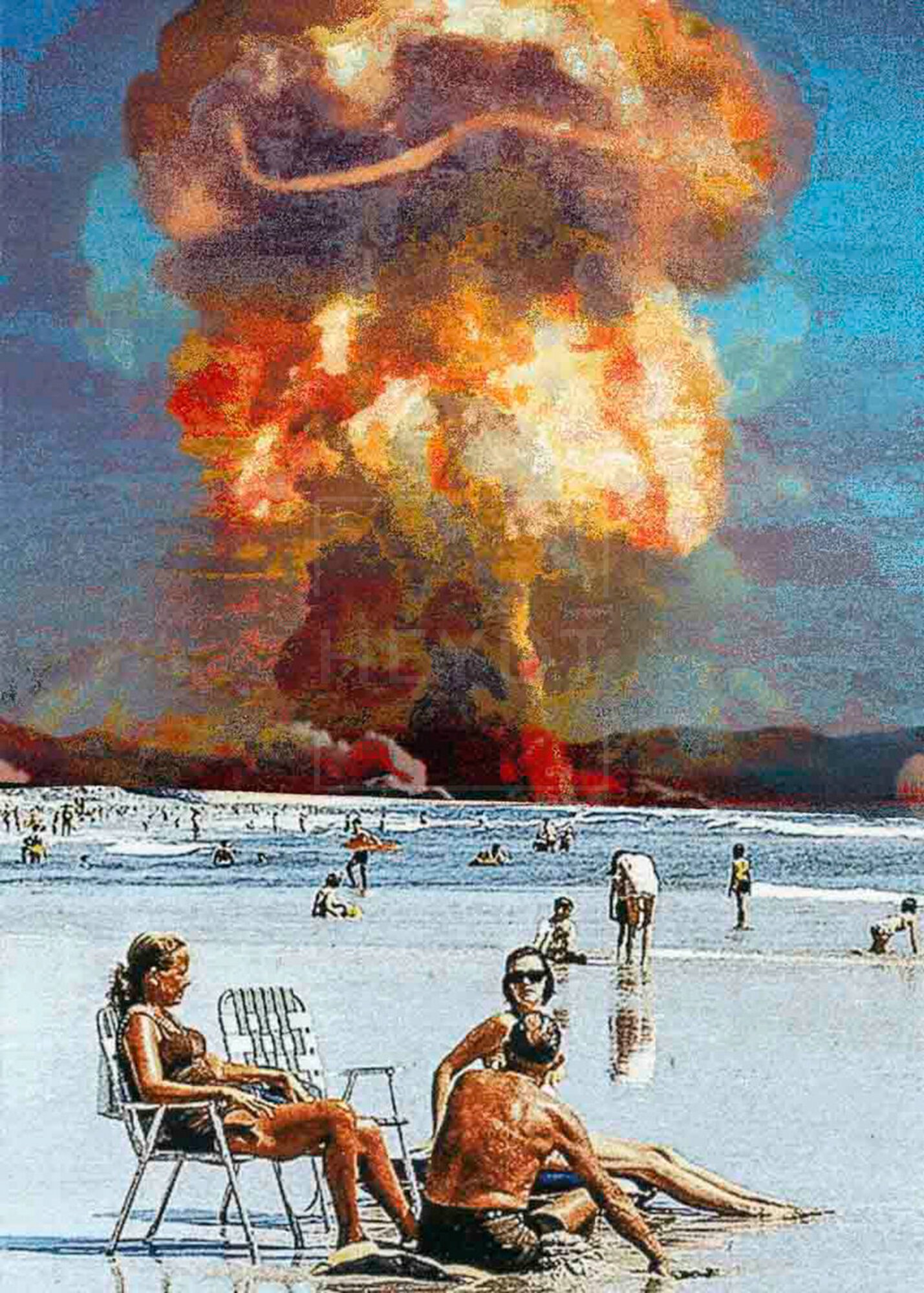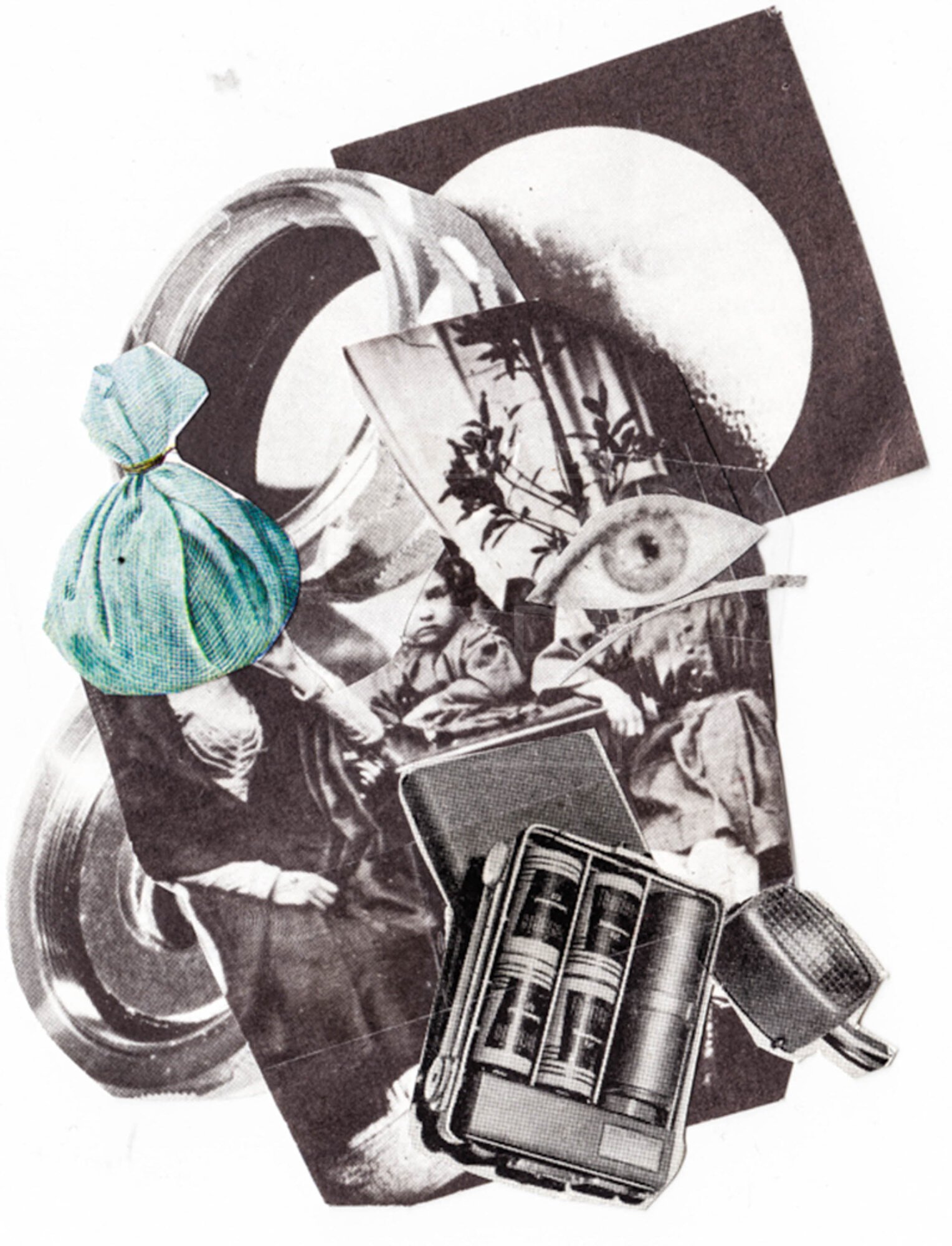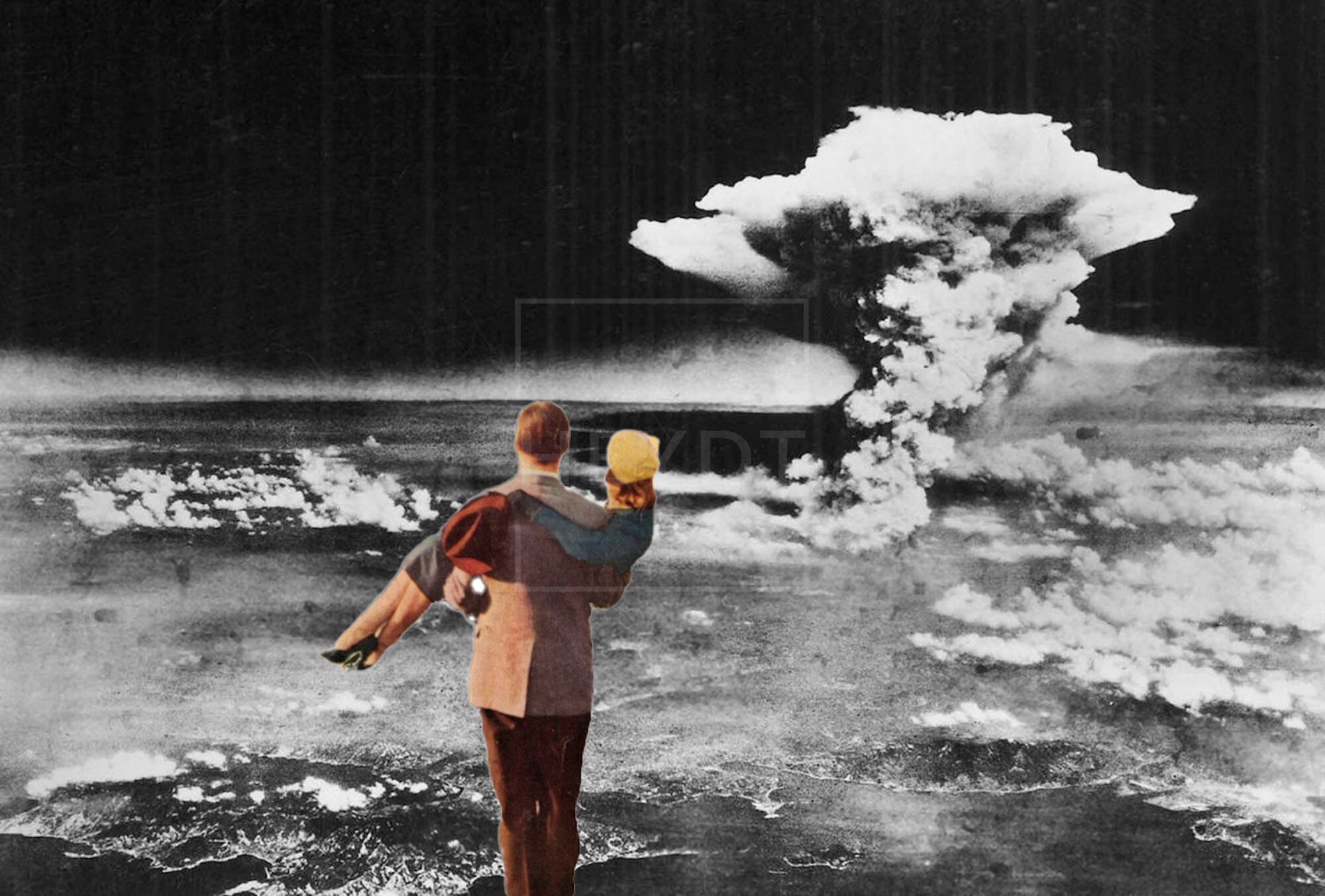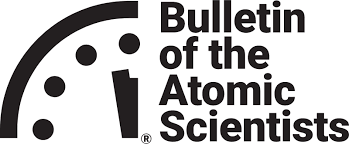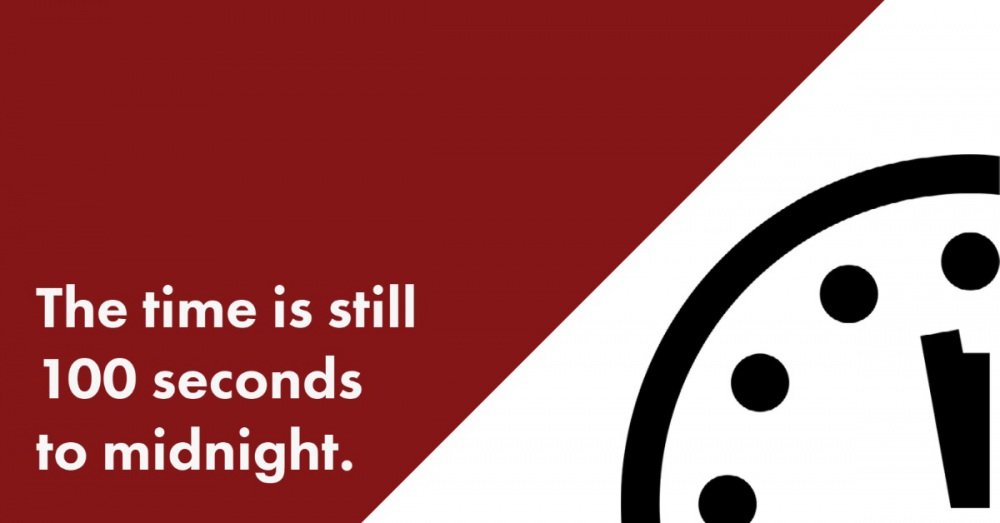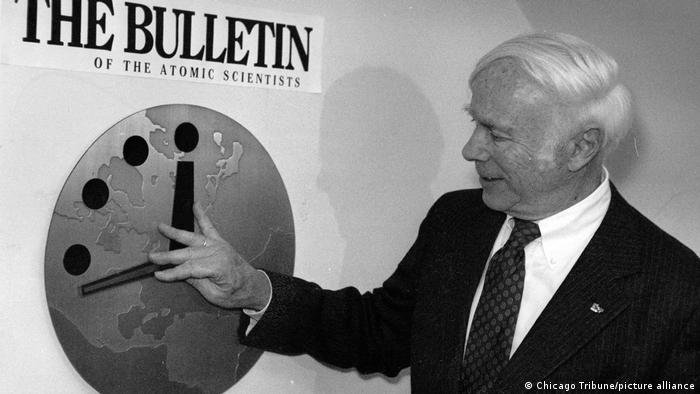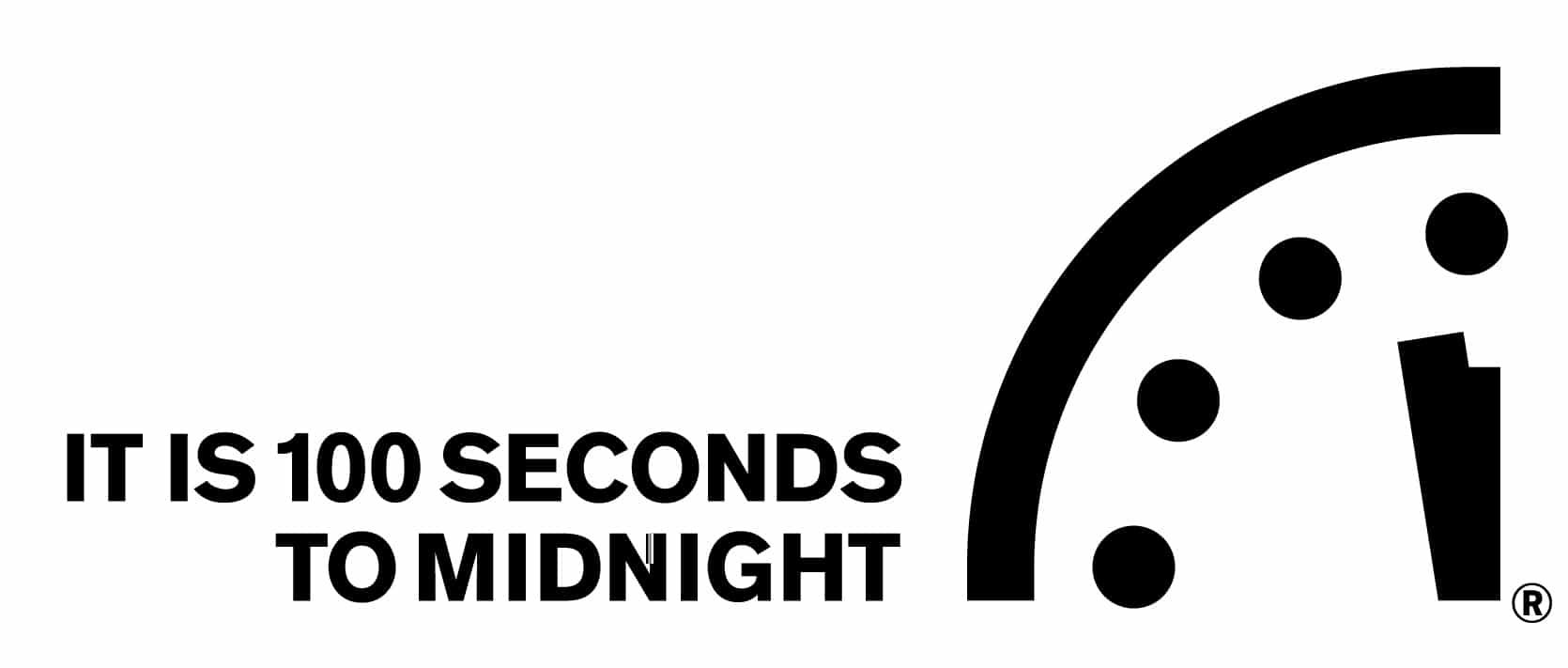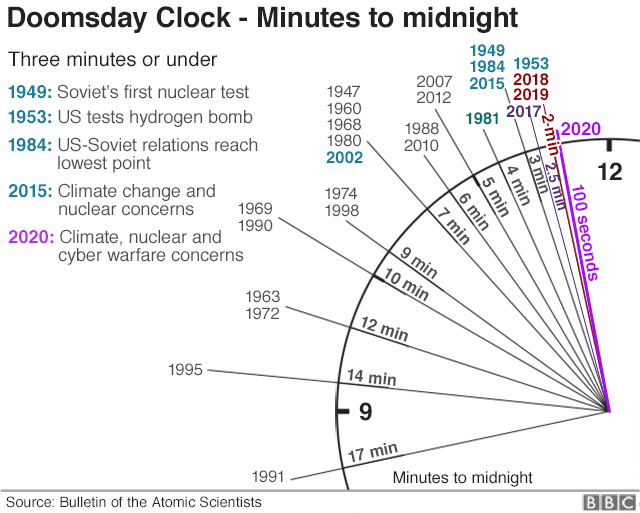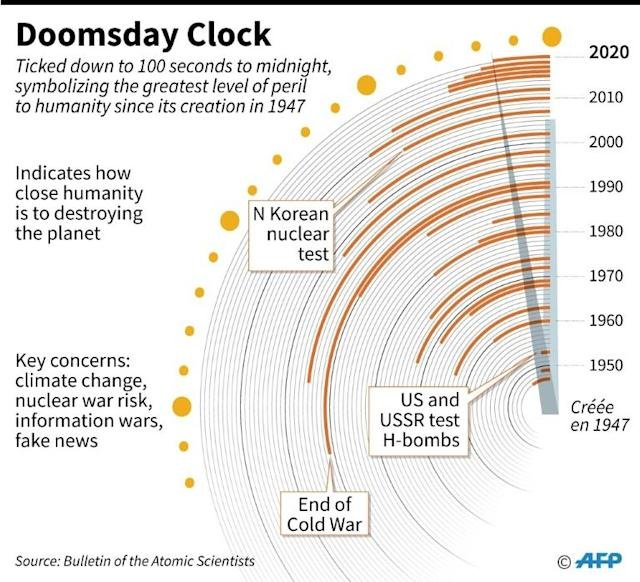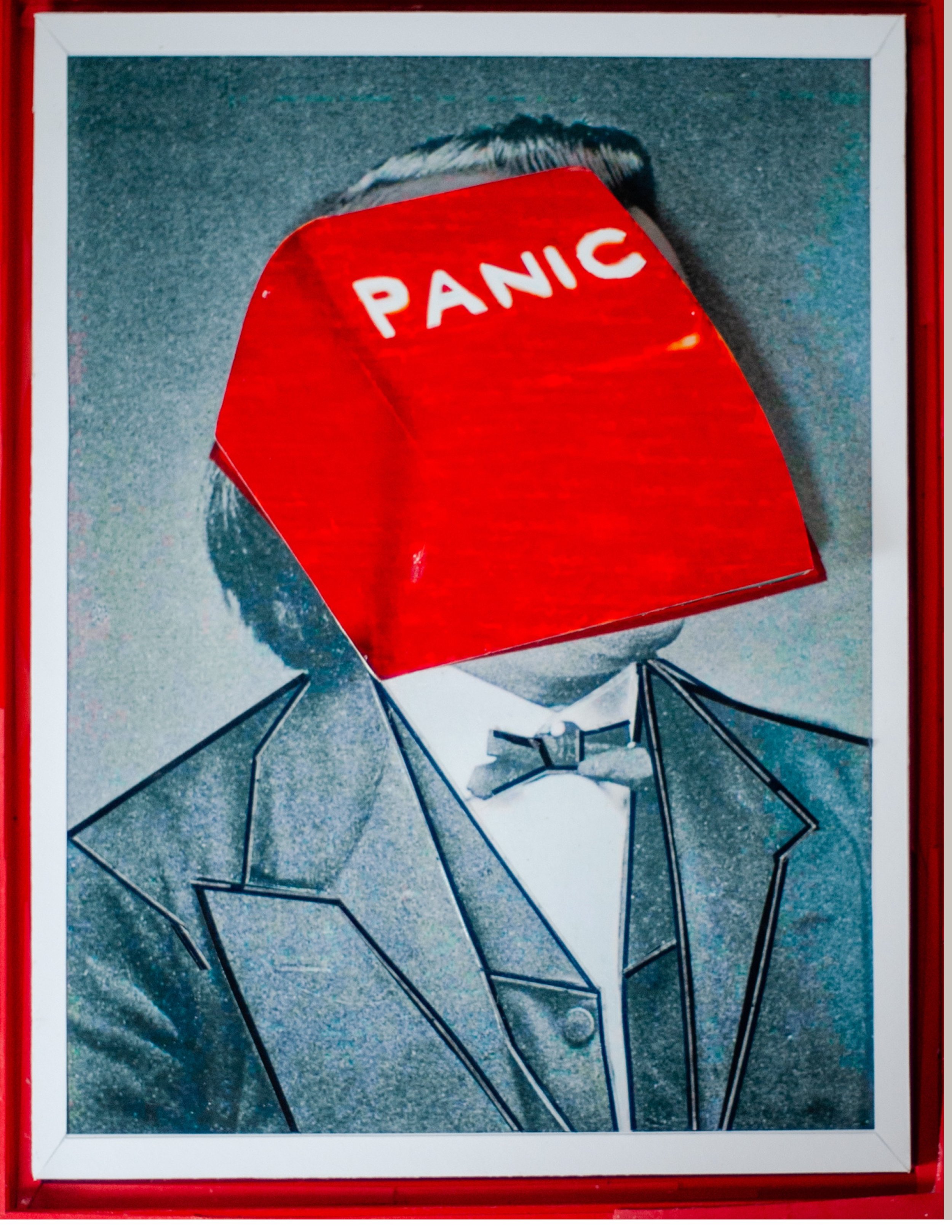
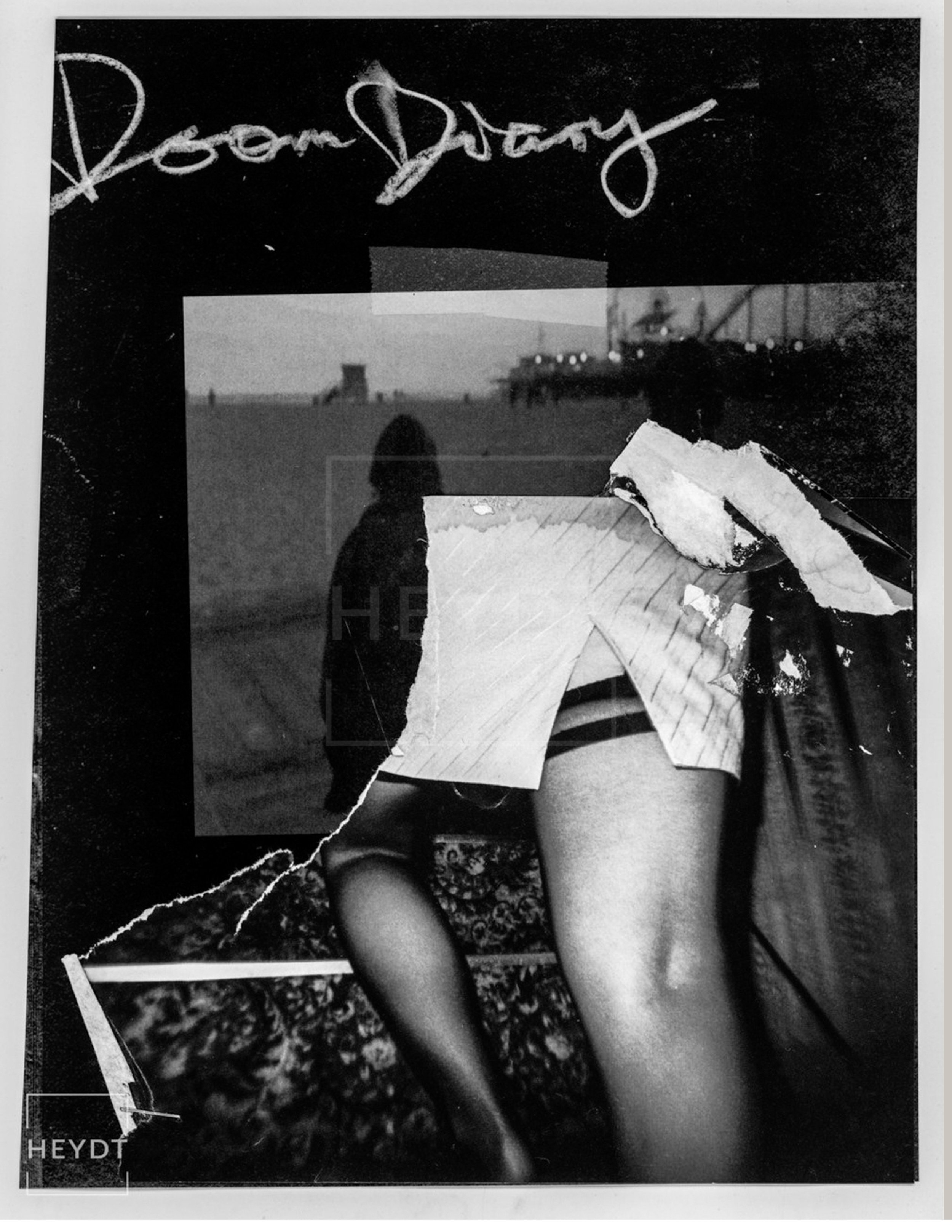
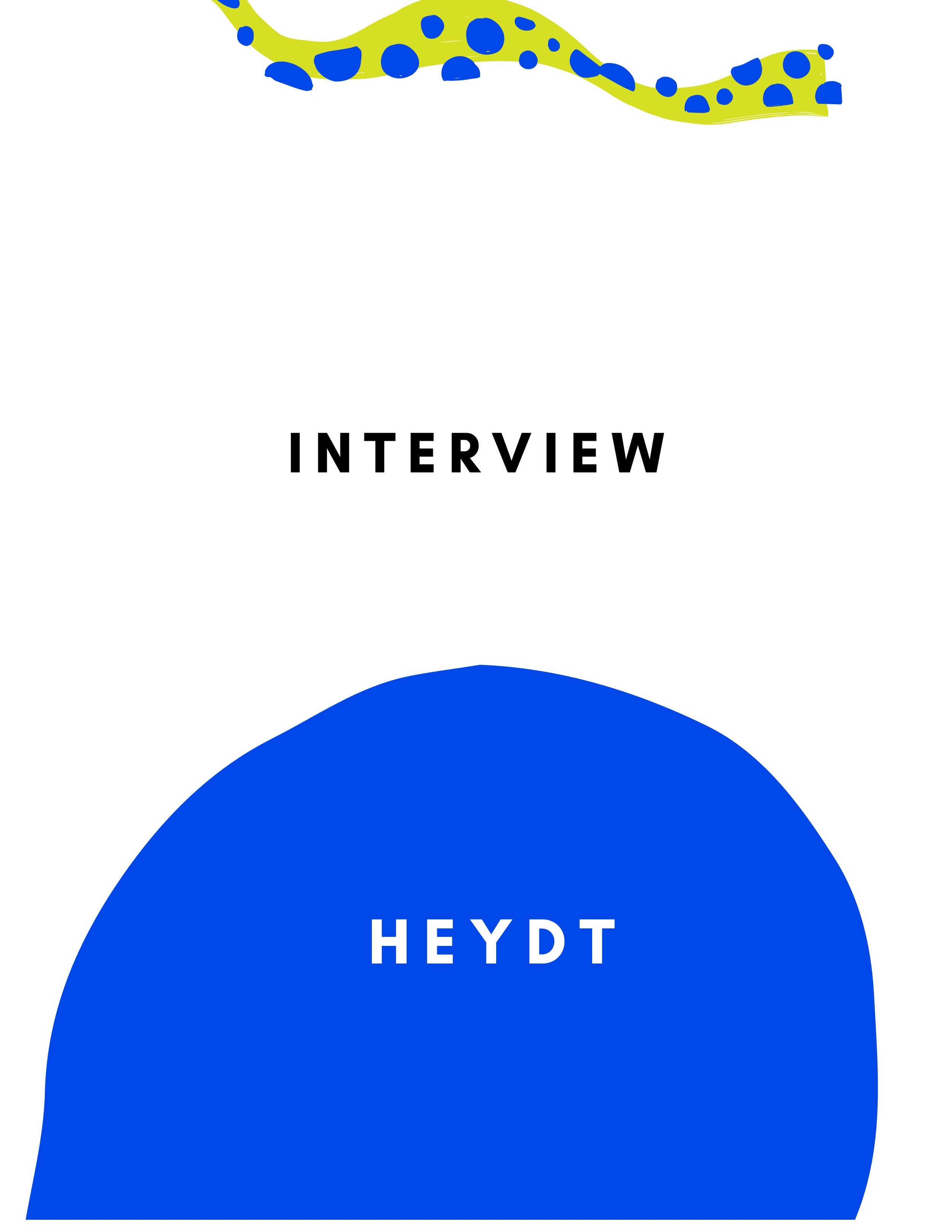
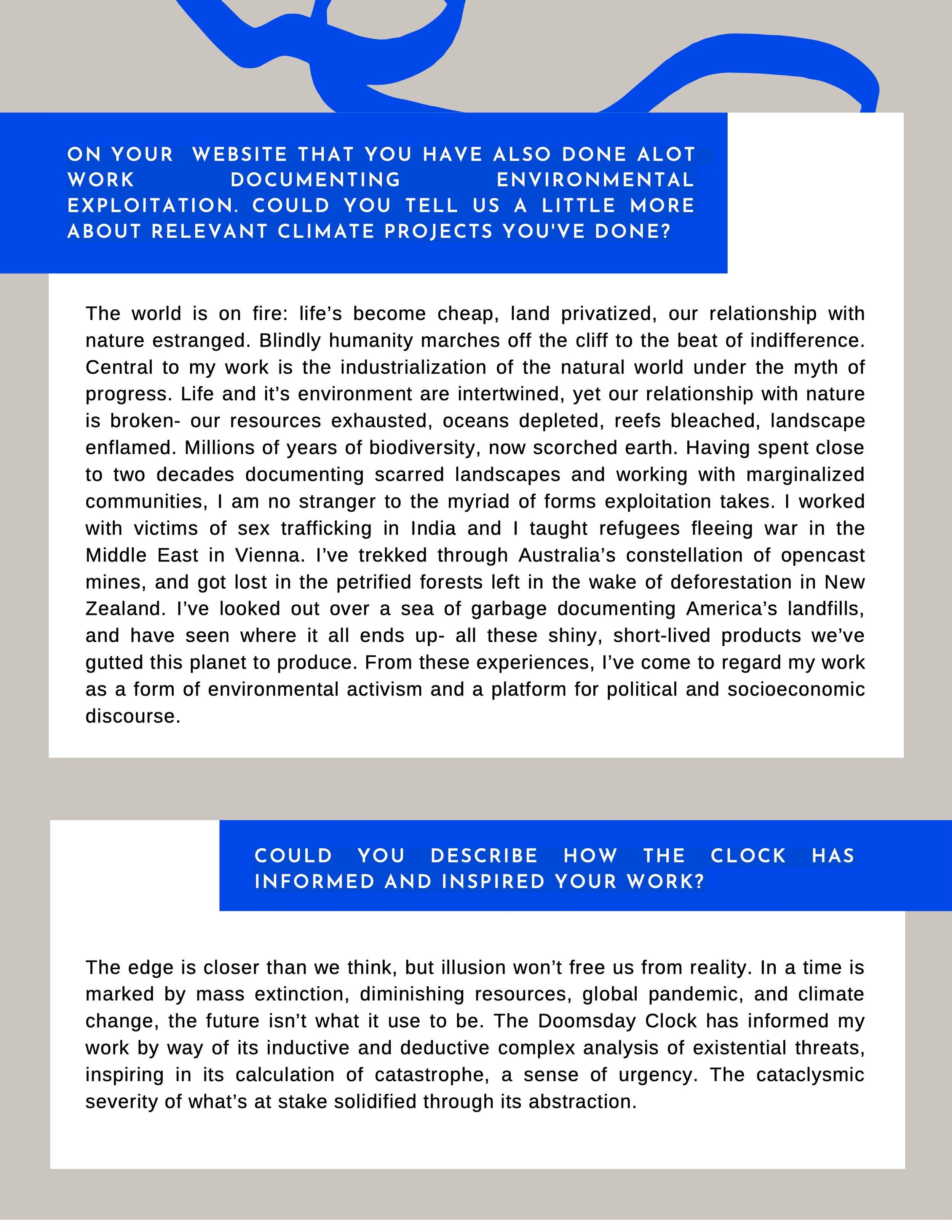
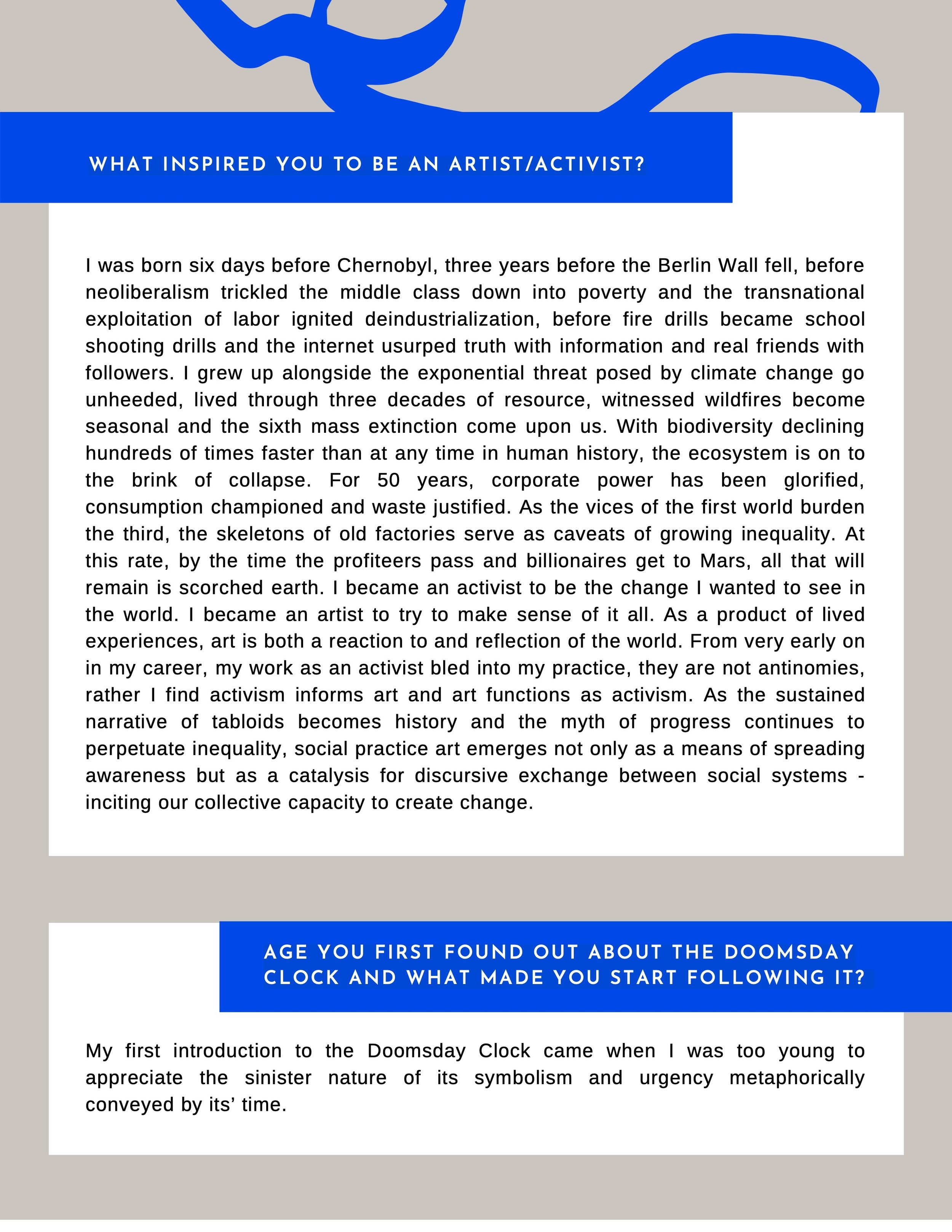
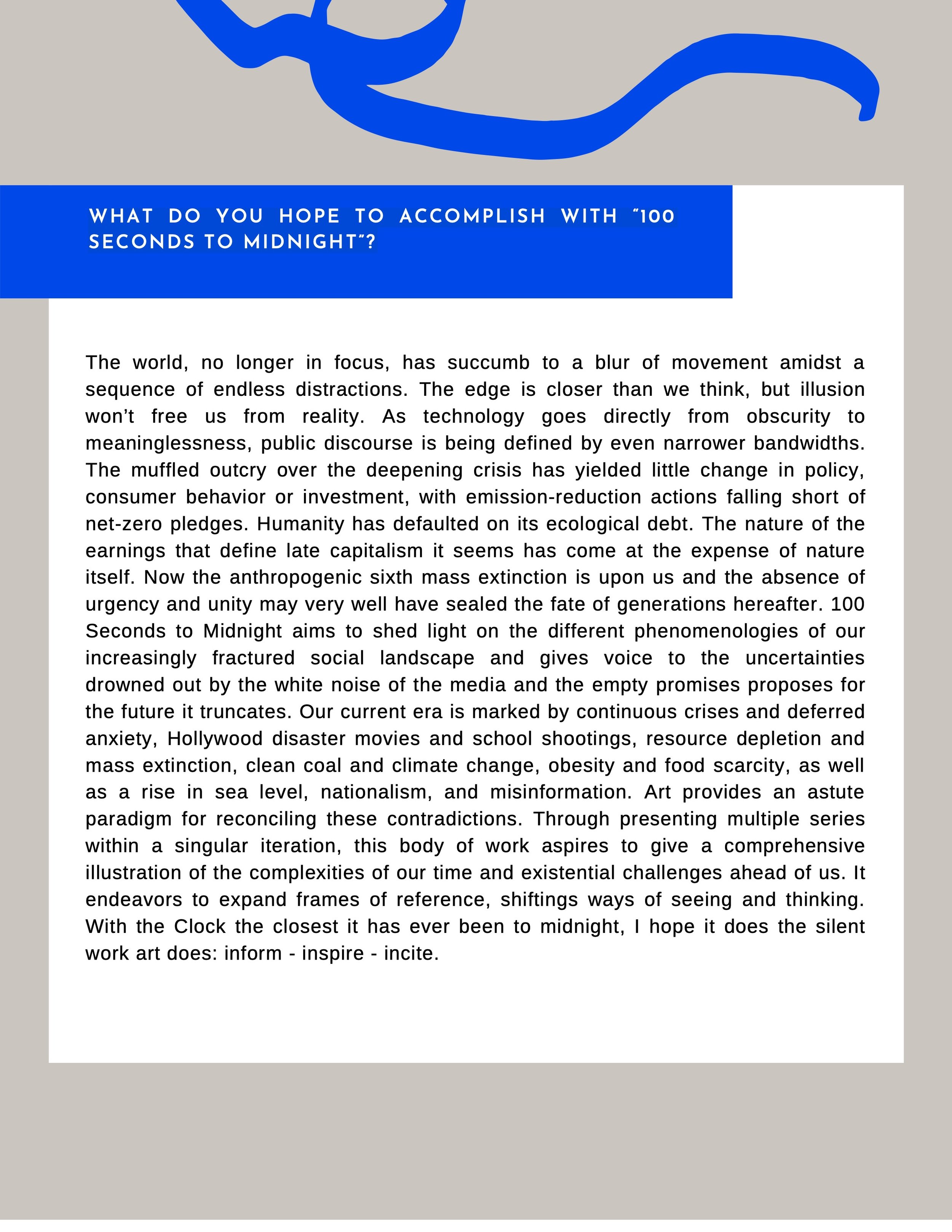
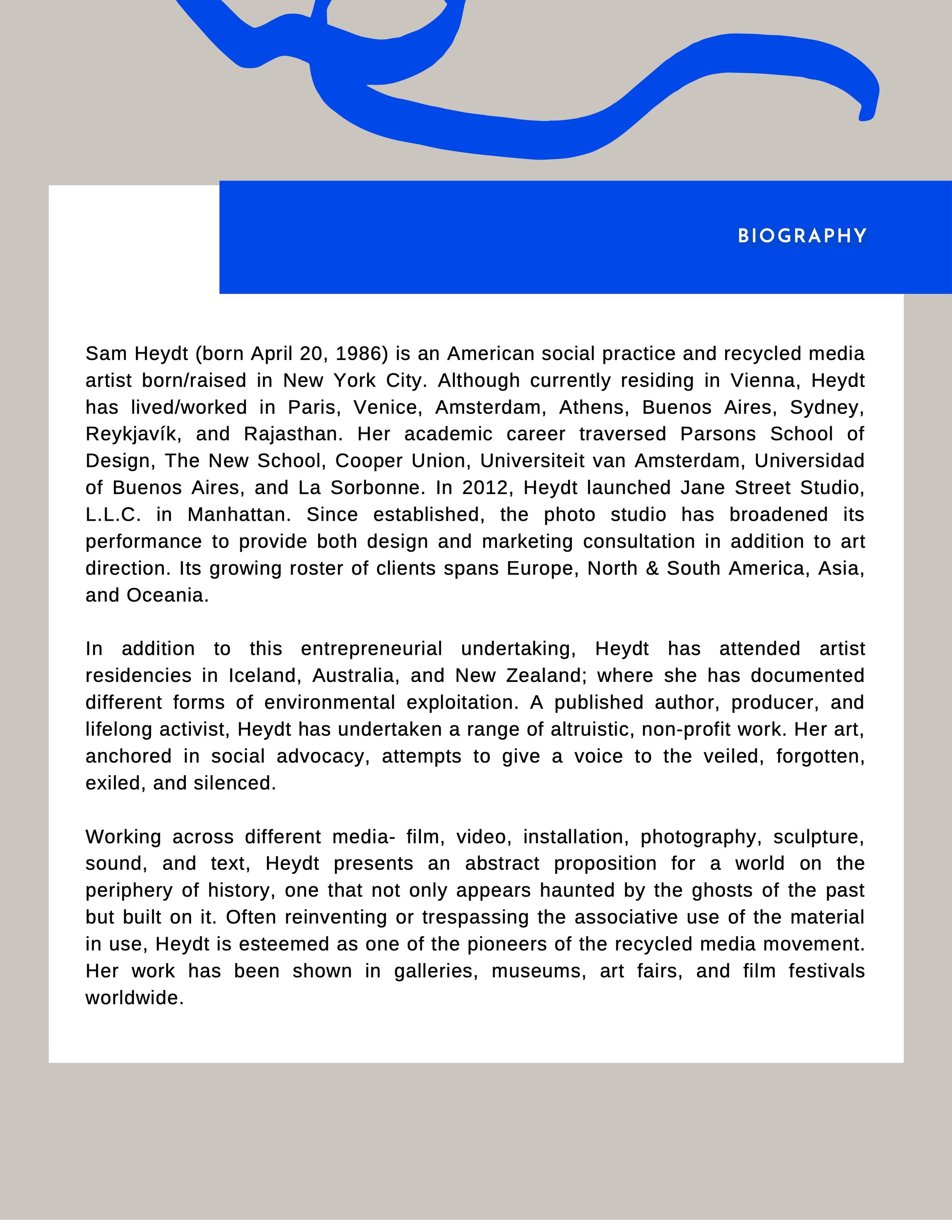
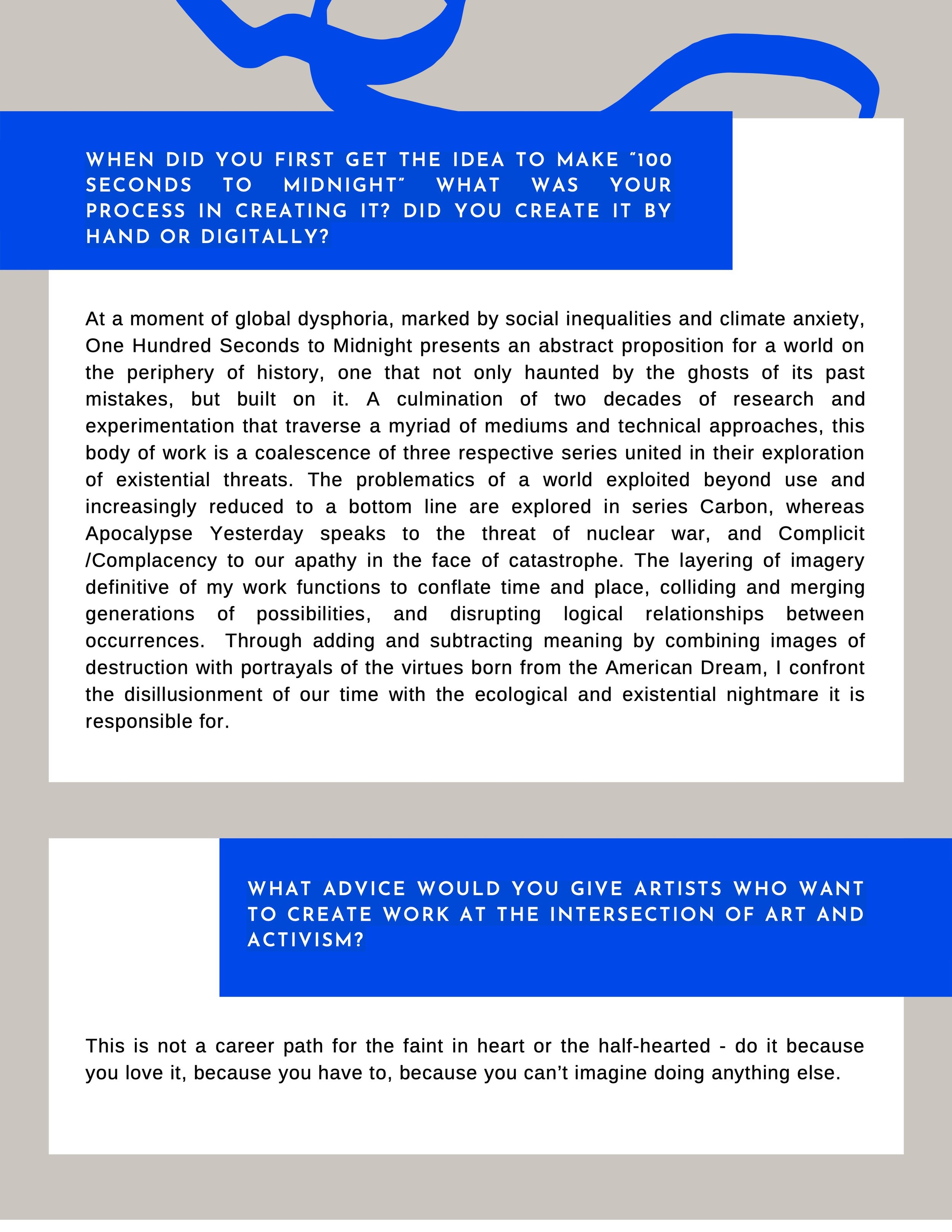
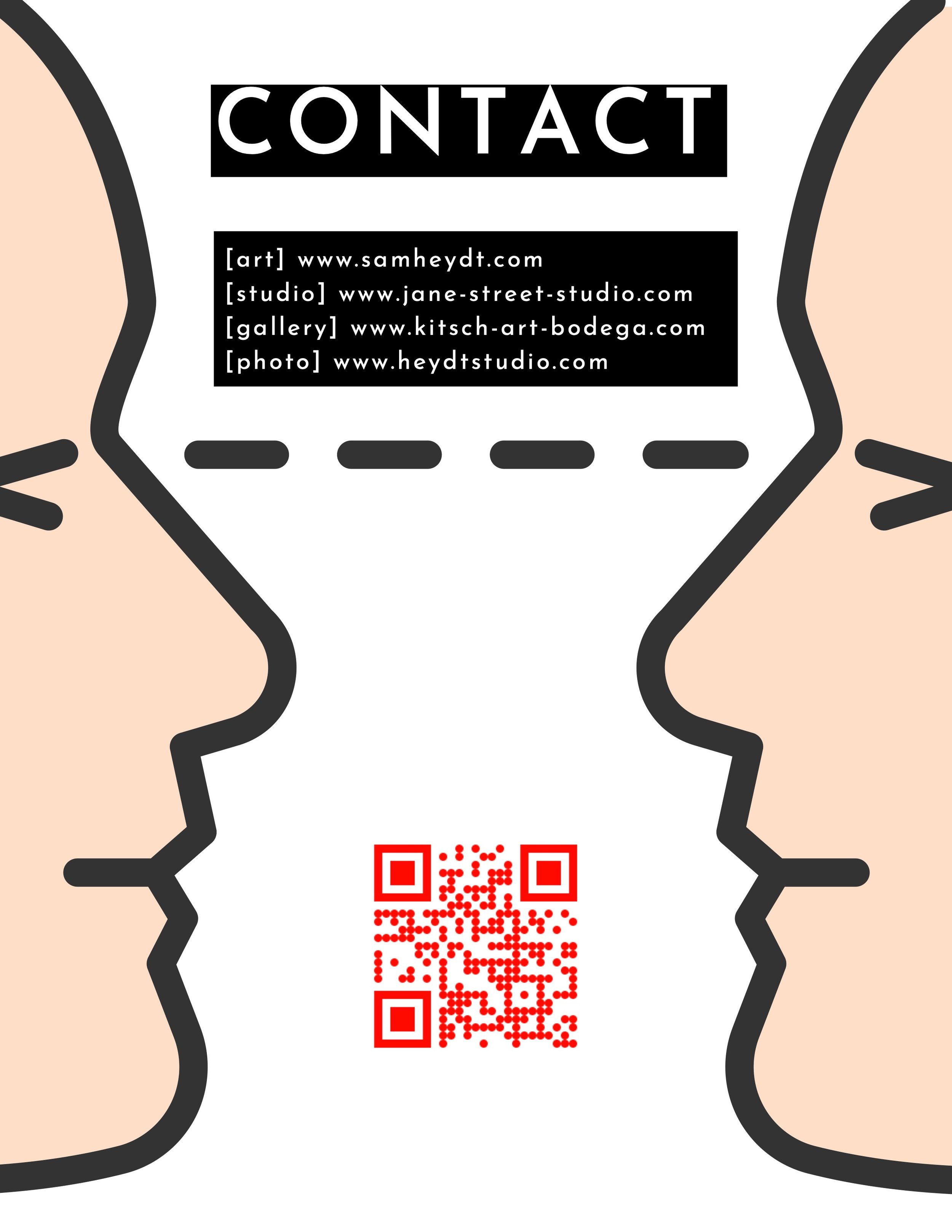

Interview | Doomsday Clock
The Bulletin equips the public, policymakers, and scientists with the information needed to reduce man-made threats to our existence.
About Us
At our core, the Bulletin is a media organization, posting free articles on its website and publishing a premium digital magazine. But we are much more. The Bulletin’s website, iconic Doomsday Clock, and regular events help advance actionable ideas at a time when technology is outpacing our ability to control it. The Bulletin focuses on three main areas: nuclear risk, climate change, and disruptive technologies. What connects these topics is a driving belief that because humans created them, we can control them.
The Bulletin is an independent, nonprofit 501 (c) (3) organization. We gather a diverse array of the most informed and influential voices tracking man-made threats and bring their innovative thinking to a global audience. We apply intellectual rigor to the conversation and do not shrink from alarming truths.
The Bulletin is committed to Diversity, Equity and Inclusion. The profound challenges of our moment cannot be met without increasing the diversity of background and perspective of our organization. Data show that homogenous organizations have blind spots that obscure incoming risks and areas of opportunities. The Bulletin is determined to improve diversity along the lines of age, gender, race, ethnicity, sexual orientation, and gender identity and expression. We are less far along on race and ethnicity than we are in improving diversity in the other categories. No one person makes a team diverse, but together, we are committed to moving intentionally toward greater diversity so that we may better represent our growing audience and more powerfully reflect and advance our mission that affects all humanity.
Our Community
The Bulletin has many audiences: the general public, which will ultimately benefit or suffer from scientific breakthroughs; policymakers, whose duty is to harness those breakthroughs for good; and the scientists themselves, who produce those technological advances and thus bear a special responsibility. Our community is international, with half of our website visitors coming from outside the United States. It is also young. Half are under the age of 35.
Our Promise
We promise to be understandable and influential: We provide lucid facts and commentary that are accessible to the public, policymakers, and scientists. We move people to action. We make appropriate use of our Doomsday Clock to help the public quickly grasp the jeopardy they are in. The Clock is an educational tool and is often how both children and adults are introduced to our mission.
We promise to be vigilant: We maintain worldwide surveillance on the evolution of already-identified threats as well as emerging dangers that may not be on our readers’ radar.
We promise to be solution-oriented: We are an early-warning system, but we are also determined to inject hope into the conversation by offering achievable actions. We are not a debating society; we strive to fix problems.
We promise to be fair-minded: We are not partisan; we believe that government policies must be based on facts, not ideology. We have one prejudice: We are opposed to extinction.
Our Story
The Bulletin began as an emergency action, created by scientists who saw an immediate need for a public reckoning in the aftermath of the atomic bombings of Hiroshima and Nagasaki. One mission was to urge fellow scientists to help shape national and international policy. A second mission was to help the public understand what the bombings meant for humanity.
These scientists anticipated that the atom bomb would be “only the first of many dangerous presents from the Pandora’s Box of modern science.” They were all too correct. Humanity now faces additional threats from greenhouse gases, cyber attacks, and the misuse of genetic engineering and artificial intelligence.
The Bulletin’s Doomsday Clock serves as a vivid symbol of these multiplying perils, its hands showing how close to extinction we are. With the energy of words and ideas, we seek to motivate our audience to acknowledge emerging threats, manage their dangers and turn back the hands of the Doomsday Clock.
The Bulletin has reset the minute hand on the Doomsday Clock 24 times since its debut in 1947, most recently in 2020 when we moved it from two minutes to midnight to 100 seconds to midnight. Every time it is reset, we’re flooded with questions about the internationally recognized symbol. Here are answers to some of the most frequent queries.
The Doomsday Clock is a design that warns the public about how close we are to destroying our world with dangerous technologies of our own making. It is a metaphor, a reminder of the perils we must address if we are to survive on the planet.
When the Doomsday Clock was created in 1947, the greatest danger to humanity came from nuclear weapons, in particular from the prospect that the United States and the Soviet Union were headed for a nuclear arms race. The Bulletin considered possible catastrophic disruptions from climate change in its hand-setting deliberations for the first time in 2007.
Who created the Doomsday Clock?
Co-editor Hyman Goldsmith asked artist Martyl Langsdorf to come up with a design for the cover of the June 1947 edition of the Bulletin, the first issue published as a magazine rather than a newsletter. Martyl—as she was known professionally—was married to a physicist, Alexander Langsdorf, who worked on the Manhattan Project while at the University of Chicago.
At first the artist considered using the symbol for uranium. But as she listened to the scientists who had worked on the Bomb, as they passionately debated the consequences of the new technology and their responsibility to inform the public, she felt their sense of urgency. So she sketched a clock to suggest that we didn’t have much time left to get atomic weapons under control.
In the early days, Bulletin Editor Eugene Rabinowitch decided whether the hand should be moved. A scientist himself, fluent in Russian, and a leader in the international disarmament movement, he was in constant conversation with scientists and experts within and outside governments in many parts of the world. Based on these discussions, he decided where the clock hand should be set and explained his thinking in the Bulletin’s pages.
When Rabinowitch died in 1973, the Bulletin’s Science and Security Board took over the responsibility and has since met twice a year to discuss world events and reset the clock as necessary. The board is made up of scientists and other experts with deep knowledge of nuclear technology and climate science, who often provide expert advice to governments and international agencies. They consult widely with their colleagues across a range of disciplines and also seek the views of the Bulletin’s Board of Sponsors, which includes 13 Nobel Laureates.
When were the hands set farthest from midnight?
In 1991, with the end of the Cold War, the United States and the Soviet Union signed the Strategic Arms Reduction Treaty, the first treaty to provide for deep cuts to the two countries’ strategic nuclear weapons arsenals, prompting the Bulletin to set the clock hand to 17 minutes to midnight.

